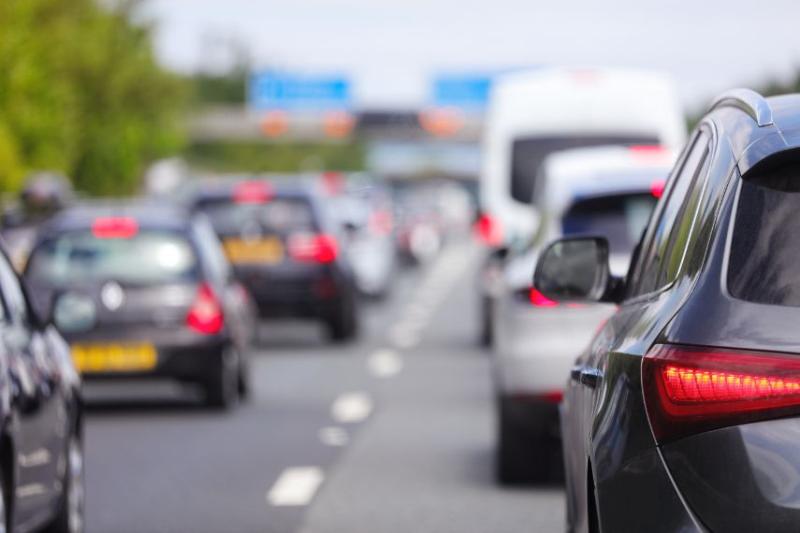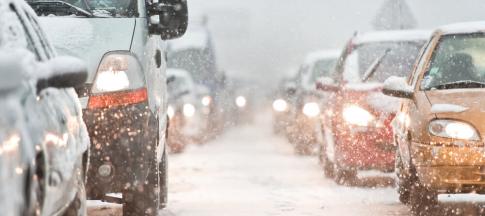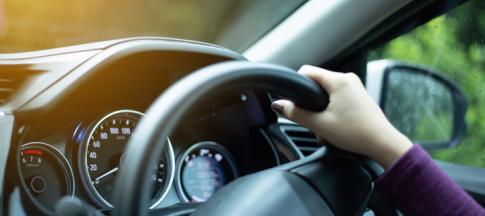
Toll roads were introduced to encourage motorists to use quieter routes and help ease congestion. Here's our guide to everything you need to know about road tolls and charges.
What are toll roads?
A toll road is any stretch of road, bridge or motorway you have to pay to use.
They were first introduced as a way of creating alternative routes in congested areas of the country, so drivers could choose to pay for a quicker way to get to their destination.
The price you’ll pay depends on the road or crossing, as well as the vehicle you’re driving. Heavy goods vehicles cost more than regular cars.
Check GOV.UK for more information on how much your toll will cost.
Where are toll roads in the UK?
There are 23 toll roads in the UK, including 18 river crossings.
The two motorway toll bridges are the M6 toll in the West Midlands, and the M25 Dartford crossing in Essex.
Head to GOV.UK for the full list of toll roads in the UK.
Do I have to pay with cash at a toll road?
No, you can usually pay with a card, cash or with a toll tag.
Paying with a tag often means your fare is reduced, but there’s also a monthly payment for hiring one for your vehicle so it’s only worth doing if you’ll use the route regularly.
An exception to this rule is how you pay to use the Dartford Crossing on the M25.
Instead of paying at the barriers, you must now pay in advance or by midnight the following day. This can be done online, over the phone or by post.
Can I avoid paying at a toll road?
There are two ways to avoid paying toll road charges:
- find a different route
- use public transport
In the case of the M6 Toll, the alternatives are either to use the regular M6 or the nearby A roads. However, these can get extremely congested.
For other tolls, satnavs include an option to avoid toll roads, which will make it easier to find an alternative route.
This can sometimes mean taking a longer route, so you’ll have to decide what’s more important to you in the short term – saving money or saving time.
What is the congestion charge?
Different to a toll road, a congestion charge is a set daily limit that a commuter must pay when driving in a specific area.
Paying the charge allows you to drive in and out of the congestion zone as many times as you need to that day.
Cameras read your vehicle’s number plate as you enter and exit the congestion zone and check it against the database to see if you need to pay or not.
Where are there congestion zones in the UK?
There are two cities with congestion charges in the UK. When your car is recorded in the congestion zone, it’s checked to see if you need to pay.
If you’re exempt or already paid the charge, your vehicle’s record is cleared from the database.
London
The best-known congestion zone is in London, where cars pay £15 per day.
This charge is applicable between 7am and 10pm every day (apart from the 25th of December).
You need to pay either in advance or by midnight the following day. If you don’t pay in time, you’ll be issued a Penalty Charge Notice (PCN) and fined £160.
If you pay the fine within 14 days, it’s reduced to £80 but increases to £240 if you don’t pay within 28 days.
Durham
Durham has a Road User Charge Zone on the Durham peninsula. This costs £2.00 per day, and is applicable 10:00-16:00, Monday to Saturday (excluding bank holidays).
You must pay this in advance or by 6pm on the day you use the chargeable road.
If you don’t, you'll be issued a Penalty Charge Notice for £50.
How do you pay a congestion charge?
In London, there are two ways to pay.
The first is Auto Pay, which is a useful option if you regularly need to pay the congestion charge. It works via Direct Debit, credit or debit card.
You also have the option to pay online either in advance or by midnight the following day.
In Durham, you can pay in person at the Parking Shop or call them on 0191 384 6633.
Are there any exemptions to the congestion charge?
London has a number of exemptions and reductions to the congestion charge. For example, anyone living in the congestion charge zone qualifies for a 90% discount.
Cleaner vehicle discount (formerly the Ultra Low Emissions Discount (ULED))
To qualify for a 100% cleaner vehicle discount, your vehicle must be battery electric or hydrogen fuel cell vehicles.
The cleaner vehicle discount will be discontinued from 25 December 2025, meaning all vehicle owners will need to pay to enter the Congestion Charge zone during charging hours.
Blue Badge Holders
Blue Badge holders in the European Economic Area can register for a 100% discount even if they don't own a vehicle or drive.
You can register up to two vehicles that you’d normally use to travel within the Congestion Charge zone – this could be your own vehicle or one you travel in.


